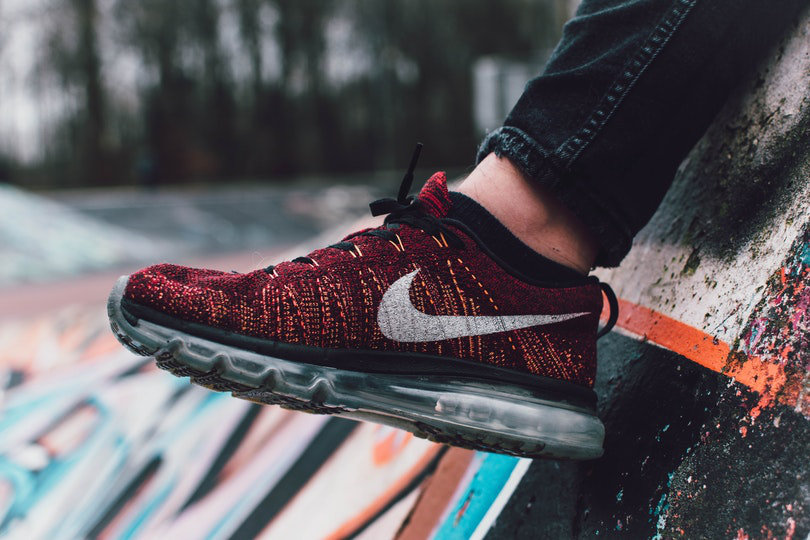Fashion has always been at the forefront of innovation – whether in design or manufacturing. From the initial spark of an idea to the creation of a new garment to the insanity that is e-commerce – fashion is a leading industry in technology and innovation. With that in mind, now consider that the fashion industry is worth around $2.2 trillion. That makes the marriage between fashion and technology all the more significant.

Technology has changed the face of many industries, and fashion is no exception. Technology continues to innovate and present new ways for the fashion industry to thrive. From market research to marketing, technology is paving the way for the fashion industry to take the next step.
How is Technology Changing the Fashion Industry?
There are a few ways that technology is changing the fashion industry. Below, we take a look at some of the more significant changes.
1. Product Design
One of the most significant ways that technology is helping the fashion industry is through product design technology. Utilized by brands such as My Pride Apparel, fashion designers can now use technology like Project Muze to better understand product trends, colors, textures, style parameters, and Google Fashion Trends. Using a special algorithm, Project Muze creates designs based on the data collected. This is a helpful way for designers to better understand their market and create items that are desirable.
Artificial intelligence (AI) is also changing the way that fashion is designed, manufactured, and marketed. In partnership with Tommy Hilfiger, IBM created an AI system that processes real-time fashion trends, customer reviews, and trending patterns, colors, and silhouettes. Using this information, designers can make informed decisions about their direction.
2. Manufacturing
Our society operates heavily on an instant-gratification, got-to-have-it-now mentality. To keep up, the fashion industry has optimized their manufacturing processes. Technology is one of the primary driving factors in fashion becoming more cost-effective to produce. Whereas it once could take days or weeks to produce a single garment, commercial sewing machines can now mass-produce garments with amazing efficiency.
Another way that technology has changed the fashion industry is in the way of sustainability. Consumers who are concerned about ‘fast fashion’ have the ability to buy fashion that is made from sustainable materials and in ethical manufacturing facilities. It is with the help of technology that sustainable fashion is manufactured and marketed.
3. Supply Chain
Technology is also helping fashion get to consumers. In recent years, many big-name fashion brands have embraced technology to help them streamline their supply chain. Gucci, for example, built a lab that has in-house testing, prototyping, and sampling for raw materials, accessories, and garments. This streamlining helps the brand get their products from idea to consumer faster and with greater efficiency.

4. Personalization
A lot of brands are offering personalization options for their items that go a step (or ten) above traditional custom-wear. Brands like Nike and Vans allow you to design your own patterns and personalize your footwear. New Balance and Reebok are using 3D printing to allow customers to personalize their footwear. Several other big-name footwear companies are exploring similar options.
5. Inventory
Technology has definitely improved the way that inventory is managed. Many companies have inventory and manufacturing systems that track inventory and distribution. Instead of the traditional way of monitoring and maintaining inventory, now sensors, scanners, and the cloud all take part in helping companies maintain their inventory.
6. Distribution
Technologies like sensors and RFID tags help companies optimize their distribution processes also. This is especially important since these technologies do not rely on their presence in a retail store. Instead, they can be useful for online stores, subscription boxes, and other services that put the product in consumer hands.







